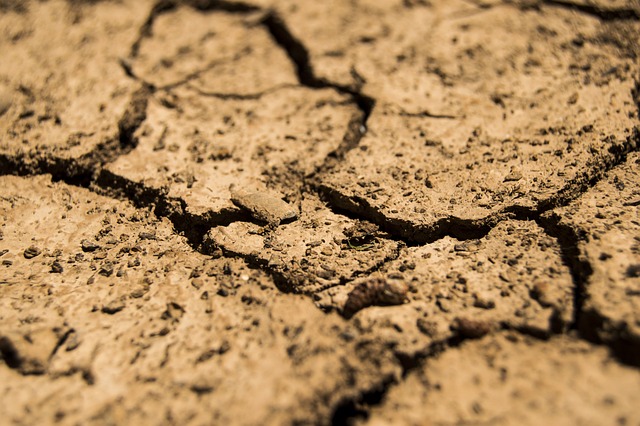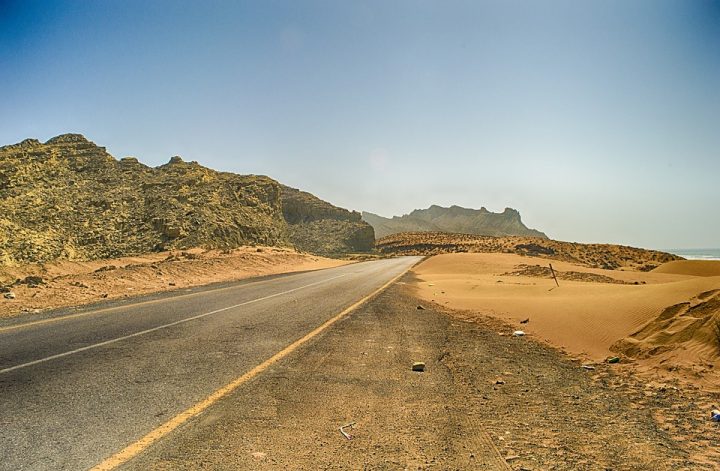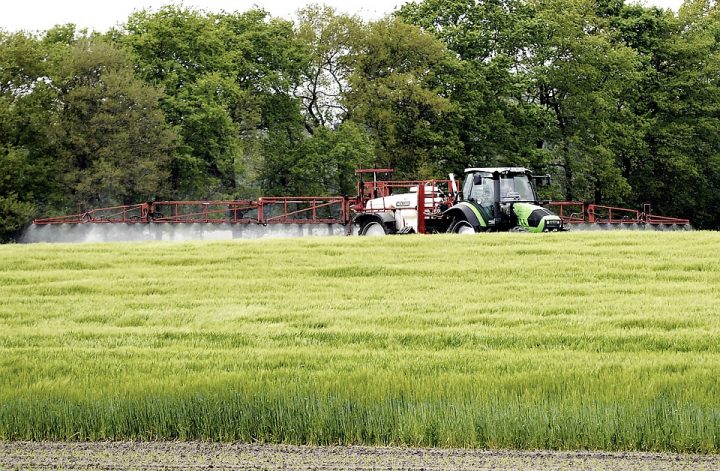What is Soil Erosion?
Among the many types of soil degradation, soil erosion is one of the most common one and is often frequently associated with many other environmentally degrading activities like deforestation, clearing of land for cultivation, flooding and excessive water runoff etc. to name a few.
In short, soil erosion means that the top most layer of soil that is not so compact can be dislodged and therefore can be easily removed or flowed away with water in case of heavy rains or lack of trees particularly in sloped hills which subsequently leads to other environmental problems like silting and landslides.
Related: Types Of Soils In Pakistan And Their Location And Properties
Condition and Effects of Soil Health in Pakistan
Effective Traditional Techniques to Prevent Soil Erosion:
- Afforestation: In general the long and short of preventing soil erosion easily and traditionally is to plant more vegetation including trees so that the top layer of soil is covered. Deep-rooted plants, shrubs and trees being planted in new areas will prevent the soil erosion from occurring and reforestation and deforestation efforts can help minimize the extent of the soil erosion as tree roots absorb much of the water and act as a dense barrier that minimizes surface water runoff from rains and other natural factors like winds and storms that also remove the top soil. A properly planted and maintained tree reduces erosion by 75 percent. Thus soil erosion can be prevented this way.
Check out: What is Afforestation? What are its Methods and Importance? - Contour Farming: Mostly the problem of soil erosion also arises during agriculture and cultivation of crops since cultivation on slopes can be very challenging due to problems in conserving water, soil nutrient depletion and irrigation runoff that results in soil erosion. For this, contour farming can be effective as this involved farming in a way that allows water conservation and reduces soil loss by farming withing confines of barriers that can be dug around the area of the crops and between the rows of crops where the excess water can be stored and soil is not lost.
- Mulching: Covering the top soil of the crops when not farming on it or just to protect it from the natural factors like wind, rain or soil weathering but also to prevent soil moisture loss and regulation of soil temperature. This involves the use of leaves or extra crop residue and simply applying on the soil to keep it from being washed away.
- Prevent Overgrazing: Avoiding cattle and livestock to overgraze in green pasturelands is the simplest way to prevent soil erosion due to animals eating the grass roots which makes the soil loose and more vulnerable to erosion. Effective Pasture Management plans for livestock and pasture rotation systems can greatly improve the condition of the soil and even restore it.
Also check out: What is Biodynamic Farming? – Methods and Advantages and Biodynamic Farming Benefits and Importance for Environment
Modern Techniques to Prevent Soil Erosion:
- Use Plastic Sheeting: Cover soil with geotextiles, plastic sheets and specially formed erosion control blankets, but this is only suitable for small areas as in larger areas it can cause more damage than benefit due to the increased chances of water running off the plastic sheets rather than penetrating the vegetation and soil below.
- Filter Sock: Also known as silt fencing. It is a technique developed to be used as a temporary barrier for the sake of preventing soil erosion. It has filters that are 3 dimensional and can trap water, silted water with soil sediments and reduce the speed of water runoff. However, it is important to plant the fences properly and legally so that it doesn’t disrupt the water ways and places with high pressure of water as they can not sustain them long term.
- Terra-seeding: Terra itself is a Latin word meaning ‘earth’ and seeding is well, self-explanatory. Basically this method involves mixing the crop seeds into a mixture of rich compost and soil according to the need of the seed that will grow in it and spread all over the soil or land. This not only provides extra cover but also ensures that the seed remains moist and in contact with soil.
- Terracing: It involves combating soil erosion on sloped surfaces like those of hills. It calls for terracing off or leveling the steep slope of a hill into many sections and thus prevent water run off and soil erosion.
Read: Environmental Impact Of Food -From Production to Consumption
Additionally, laying fibrous logs in between crops, using readily available material called matting- modernized version of mulching, avoiding soil compaction by making stone pathways or pathways for people to walk on instead of trampling over the crop soil and not tilling the soil will not just be preventing soil erosion but also improve the general quality of soil. Afterall, A good soil structure and cover increase the ability of the soil to infiltrate and absorb water, which eventually lowers soil erosion and runoff.
Also check out: Soil Erosion and Degradation – Causes, Effects, and Solutions
I hope you all liked this post! Please comment below if you have any suggestions, comments, or feedback! We at #envpk love hearing from our readers! Thanks!




